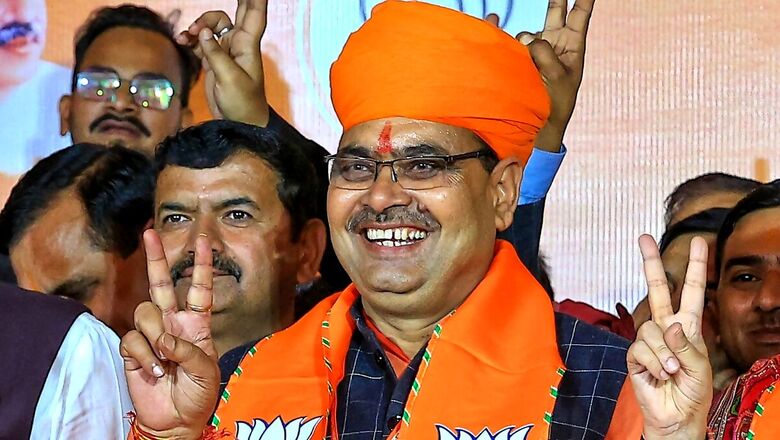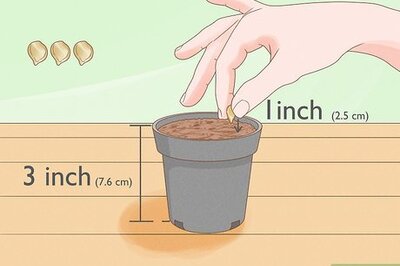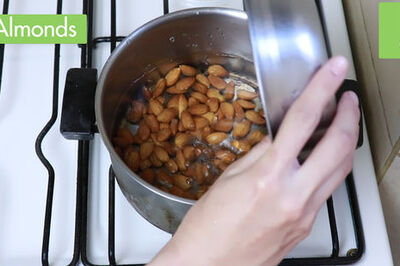Making Up for Lost Time on ‘Har Ghar Jal’ Deadline Among Bhajan Lal’s Top Priorities as Rajasthan CM

views
Among the top priorities for new Rajasthan Chief Minister Bhajan Lal Sharma, who takes oath on Friday, will be pushing the Centre’s mega ‘Har Ghar Jal’ scheme in which the state remains a laggard and is way off the Centre’s deadline of 2024.
The scheme, which involves providing tapped drinking water to every household, has also been rocked by corruption allegations under the Ashok Gehlot regime with the Enforcement Directorate probing the matter. The Union Jal Shakti Ministry under Gajendra Shekhawat, MP from Jodhpur, will work closely with the new CM on the scheme in mission mode before the 2024 elections, sources told News18.
Only 45% of the households in Rajasthan have tap drinking water as of date, as per the latest data from Jal Shakti Ministry. This is way below the national average of almost 72% coverage under the scheme which began on August 15, 2019. Rajasthan is the second-last state in the country in the terms of progress under the scheme and only West Bengal is the worst performer behind it with just 40% coverage.
Looking at the absolute numbers, Rajasthan has a total of about 1.06 crore households, out of which only 11.74 lakh were covered with tap drinking water connections in 2019. Since the start of the scheme, the cumulative coverage of the scheme has risen to 48 lakh connections so far. However, a mammoth number of 58 lakh households are still to be provided a tap water connection under the scheme, which is a big challenge.
Officials told News18 that three south Rajasthan districts of Dungarpur, Banswara and Pratapgarh have less than 25% coverage under the scheme so far and many other districts like Barmer and Udaipur have less than 30% coverage under the scheme. The progress has also been impaired by allegations of corruption with poor-quality water pipes being used by the former government under the scheme.
None of the districts in the state have reported full coverage under the scheme and only 4,600 villages in the state have reported full saturation, out of 42,000 villages in the state.

















Comments
0 comment